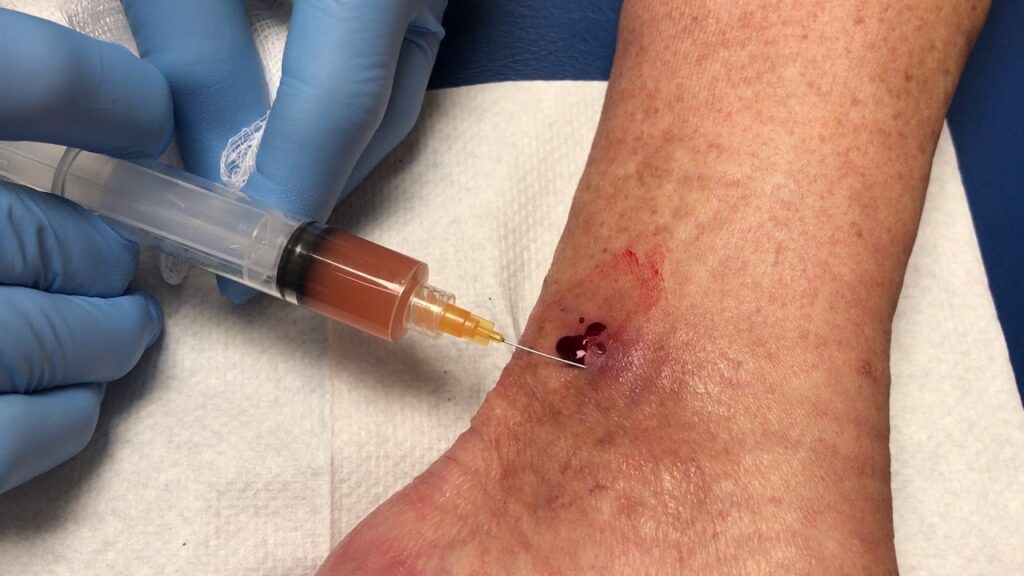Compression therapy is commonly used in wound care to support healing, especially for wounds related to poor circulation or venous insufficiency. The technique involves applying controlled pressure to the affected area, often with bandages or specialized garments. This pressure helps reduce swelling, improve blood flow, and encourage fluid movement away from the wound site. Proper circulation supports oxygen delivery and nutrient exchange, which are critical for tissue repair. Compression therapy is typically integrated into a comprehensive wound care plan tailored to the patient’s specific needs. It requires careful assessment to be surepressure is appropriate and does not cause additional problems. Understanding the role of compression helps patients stay engaged in their recovery process.
How Does Compression Therapy Affect Healing?
By improving blood flow, compression therapy can accelerate the removal of waste products and reduce inflammation around wounds. Increased circulation also helps prevent fluid buildup that can delay healing and lead to infections. Compression encourages the skin and underlying tissues to receive more oxygen and nutrients, both vital for tissue regeneration. Studies indicate that consistent use of compression garments can reduce healing time for venous leg ulcers. However, the pressure applied must be carefully monitored to avoid restricting circulation. Improper application may worsen symptoms or cause discomfort. Regular follow-up is necessary to adjust therapy according to healing progress.
Various compression devices are used in wound care, including elastic bandages, compression stockings, and pneumatic compression pumps. Each option provides different levels of pressure and is chosen based on wound severity, location, and patient comfort. Elastic bandages offer adjustable compression and are often used in clinical settings.
Compression stockings provide graduated pressure and can be worn daily for ongoing support. Pneumatic pumps intermittently inflate and deflate, stimulating blood flow in deeper veins. Selecting the right device contributes to effective wound management. Healthcare providers consider patient lifestyle and mobility when recommending devices. Proper training on device use increases treatment effectiveness.
What are Patient Considerations and Precautions?
Not all patients are candidates for compression therapy, as certain conditions may contraindicate its use. Peripheral artery disease, uncontrolled heart failure, or infections may require alternative approaches to wound care. Before beginning therapy, a thorough evaluation by a healthcare professional is key. Proper fitting and patient education improve adherence and reduce the risk of complications. Monitoring the skin beneath compression devices helps detect any signs of irritation or pressure injury. Patients should report any pain or unusual sensations immediately. Adjustments can prevent worsening of symptoms and support continued healing.
How to Integrate Compression Into Wound Care Plans?
Compression therapy is most effective when combined with other wound care strategies such as proper cleaning, dressings, and infection control. Regular assessment by wound care specialists helps make sure that therapy remains appropriate as healing progresses. Adjustments to compression levels or devices may be necessary to optimize outcomes.
Educating patients on the importance of maintaining therapy supports consistent use. Collaboration between patients and providers helps manage expectations and enhances recovery. Using compression in conjunction with nutrition and mobility programs may improve overall results. Comprehensive plans address multiple factors influencing wound healing.
Seek Further Medical Evaluation
If wounds show no improvement or worsen despite compression therapy, further medical evaluation is warranted. Persistent pain, increased swelling, or signs of infection require prompt attention. A healthcare provider may recommend additional treatments such as antibiotics, surgical intervention, or specialized wound therapies. Early intervention helps prevent complications and supports better long-term wound care outcomes. Patients should report any concerns promptly to maintain effective treatment. Timely action can reduce hospitalizations and improve quality of life. Understanding when to seek help empowers patients in managing their care.

